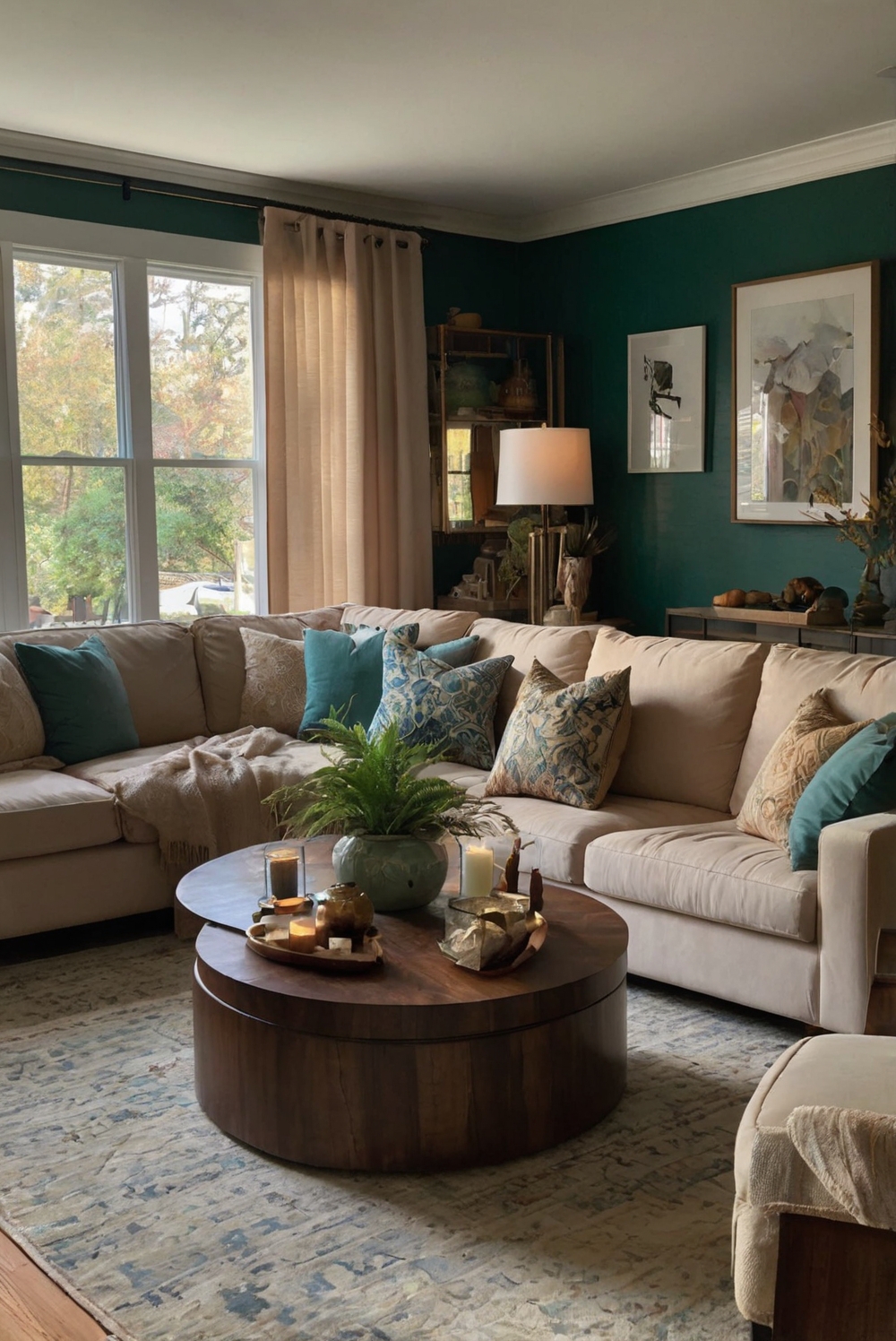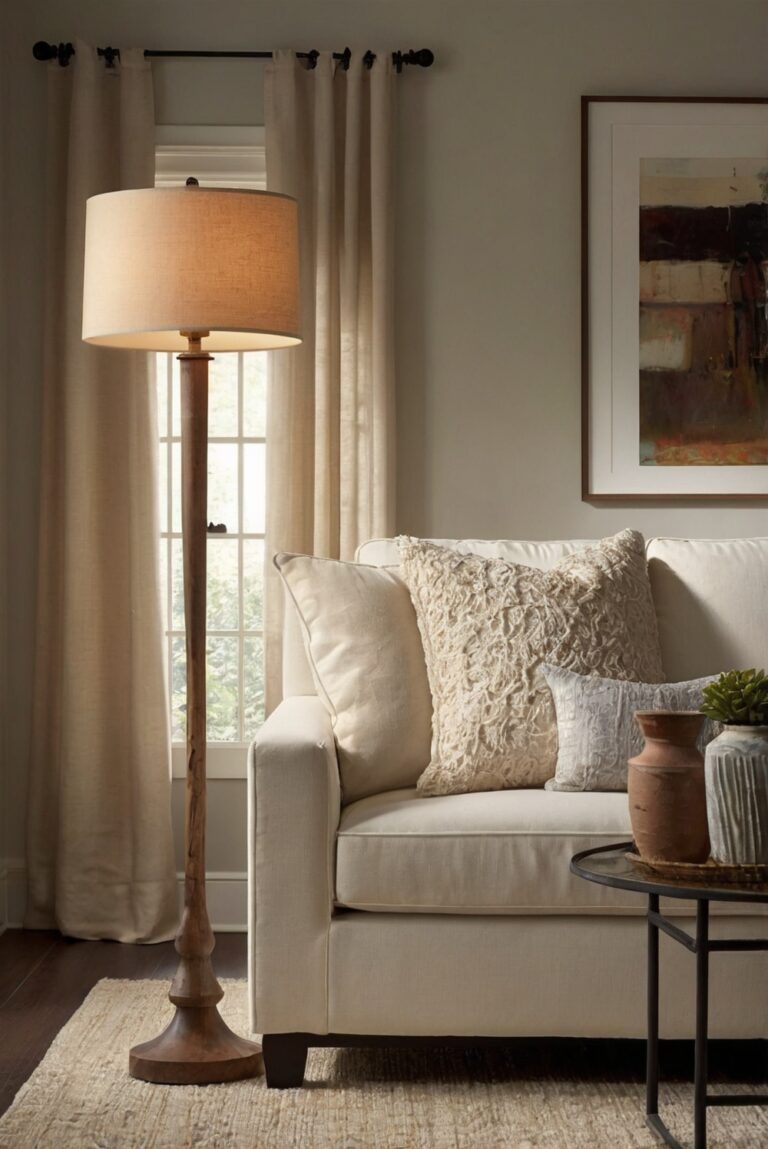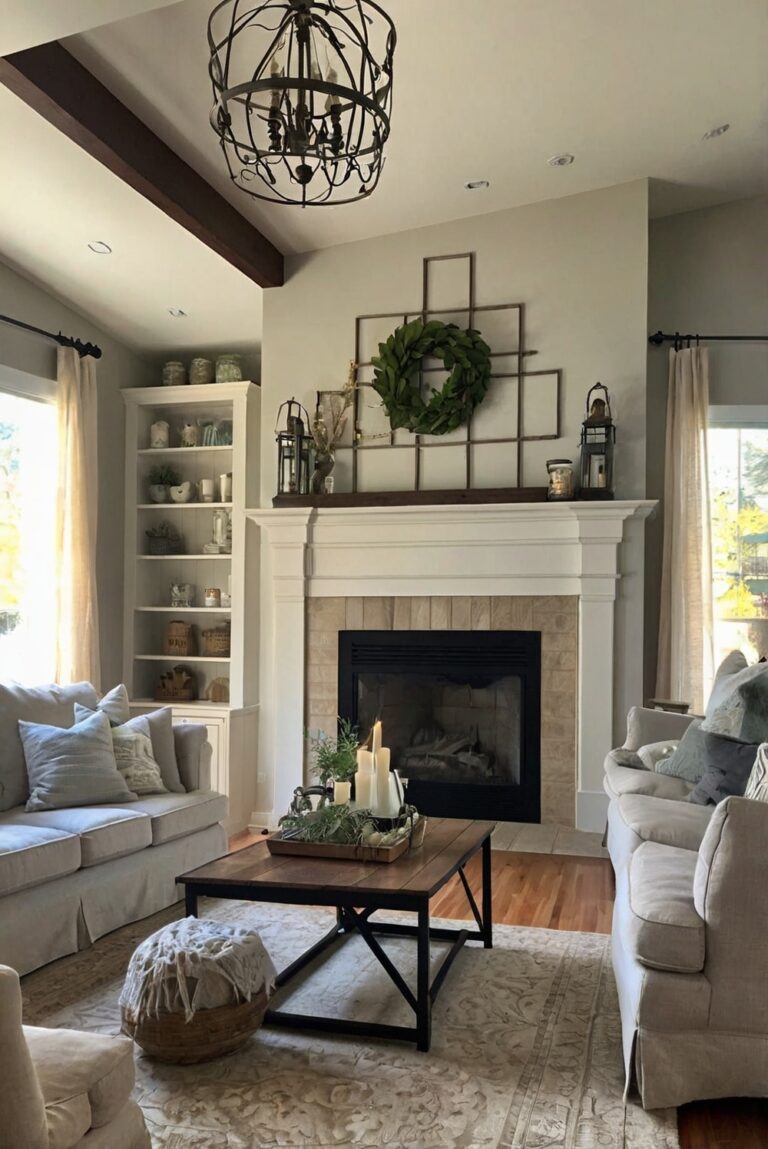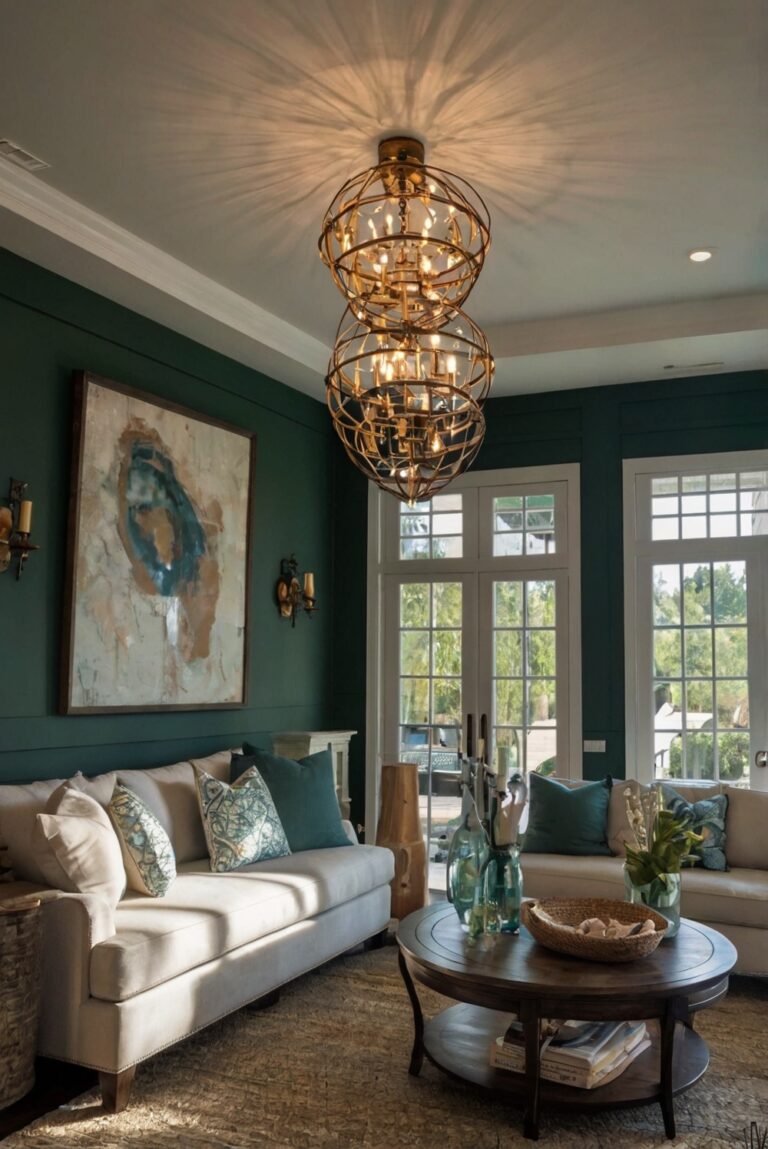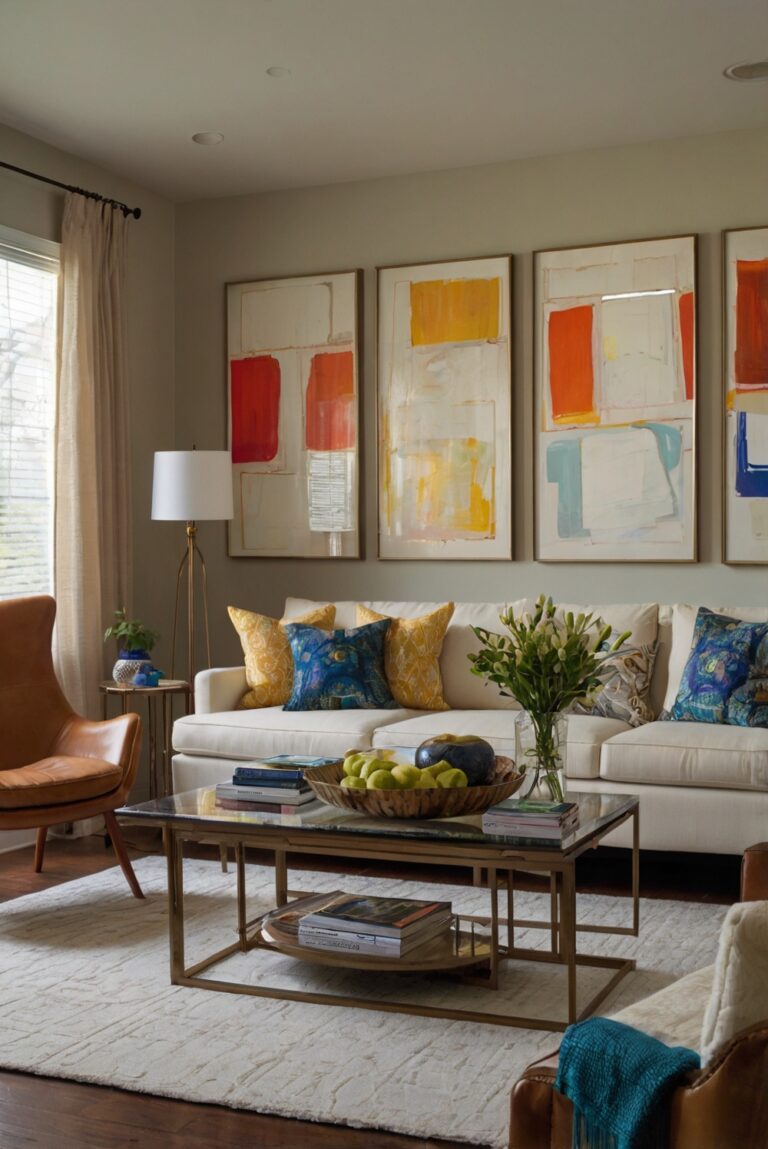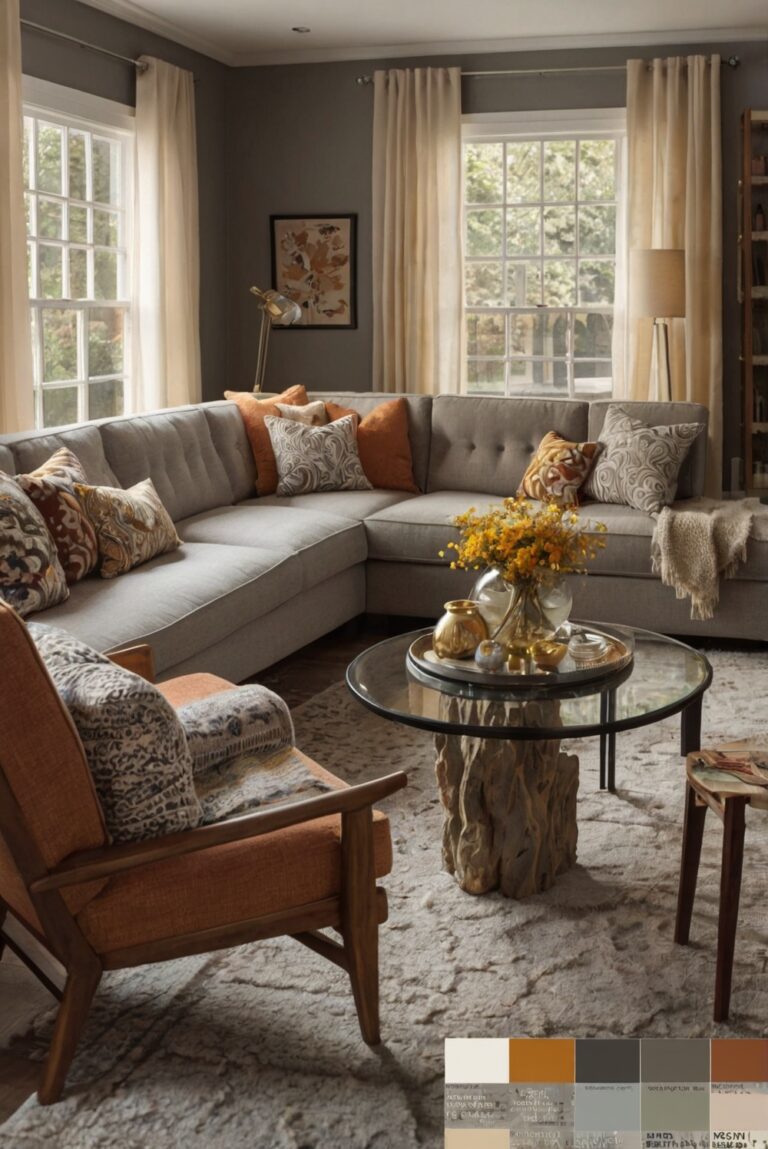Looking to enhance your living room? Discover expert tips for layering lighting in your space. Add depth, warmth, and functionality to your interior design.
Some tips for layering living room lighting include:
1. Start with ambient lighting such as overhead fixtures or recessed lights to provide general illumination.
2. Add task lighting with table lamps or floor lamps in areas where specific activities take place, like reading or working.
3. Incorporate accent lighting like wall sconces or art lights to highlight architectural features or artwork.
4. Consider using dimmer switches to adjust the brightness levels of different light sources for added flexibility.
5. Use a mix of lighting sources to create depth and visual interest in the space.
6. Make sure to balance natural light with artificial lighting to create a well-lit and inviting atmosphere in your living room.
What are some tips for layering living room lighting?
1. Understanding the Importance of Layered Lighting:
Layered lighting in the living room is crucial as it helps create a balanced and inviting atmosphere. By combining different types of lighting, such as ambient, task, and accent lighting, you can enhance the functionality and aesthetics of the space. Ambient lighting provides overall illumination, task lighting focuses on specific activities, and accent lighting adds depth and visual interest.
2. Incorporating Different Light Sources:
To achieve effective layered lighting, incorporate a variety of light sources such as ceiling fixtures, floor lamps, table lamps, wall sconces, and even candles. Each type of lighting serves a different purpose and contributes to the overall ambiance of the room. Mixing and matching these sources can help create a dynamic and versatile lighting scheme.
3. Considering Dimmers and Controls:
Installing dimmer switches and lighting controls allows you to adjust the intensity and brightness of the lights according to the time of day or specific activities. Dimmers help create a cozy and relaxing atmosphere in the evening, while brighter lights are ideal for daytime tasks. Having control over the lighting levels adds flexibility and customization to your living room.
Additional Tips for Layering Living Room Lighting:
1. Highlighting Key Features:
When layering lighting in the living room, consider highlighting key architectural features, artwork, or decorative elements with accent lighting. This can draw attention to focal points and create visual interest in the space.
2. Mixing Light Temperatures:
Experiment with different light temperatures, such as warm white and cool white, to create depth and contrast in the room. Warm light can create a cozy and inviting atmosphere, while cool light can add a modern and refreshing touch to the space.
In conclusion, layering living room lighting is essential for creating a well-balanced and visually appealing environment. By understanding the importance of layered lighting, incorporating various light sources, and utilizing dimmers and controls, you can enhance the functionality and aesthetics of your living room. Additionally, highlighting key features and mixing light temperatures can further elevate the ambiance of the space. By following these tips, you can effectively layer lighting in your living room to achieve the desired atmosphere and functionality.
1. How can I create a well-lit living room?
Layering lighting is essential for a well-lit living room. Start with ambient lighting, such as ceiling lights or wall sconces, to provide overall illumination. Add task lighting, like table lamps or floor lamps, for specific activities like reading or working. Accent lighting, such as spotlights or picture lights, can highlight artwork or architectural features. By combining these three layers of light, you can create a balanced and inviting atmosphere in your living room.
2. What types of fixtures work best for layering lighting in a living room?
For ambient lighting, consider overhead fixtures like chandeliers, pendant lights, or recessed lighting. Task lighting can be provided by table lamps, floor lamps, or adjustable wall-mounted lights. Accent lighting fixtures like track lights, wall-mounted spotlights, or picture lights can add depth and interest to the room. Mixing different types of fixtures ensures that each layer of lighting serves its purpose effectively.
3. How can I control the different layers of lighting in my living room?
Using dimmer switches is an excellent way to control the intensity of each layer of lighting. This allows you to adjust the brightness according to the time of day or the mood you want to create. Smart lighting systems can also be used to control the different layers of lighting remotely through a smartphone or voice commands. By having control over each layer of light, you can easily create the perfect ambiance in your living room.
4. How do I choose the right light bulbs for layering lighting in my living room?
When selecting light bulbs for your living room, consider the color temperature and brightness. Warm white bulbs (2700-3000K) are ideal for creating a cozy and inviting atmosphere, while cool white bulbs (3500-4100K) are better for task lighting. LED bulbs are energy-efficient and long-lasting options for all types of lighting. Make sure to choose the appropriate wattage for each fixture to ensure the right level of brightness for each layer of lighting.
5. Are there any design tips for layering lighting in a small living room?
In a small living room, it’s essential to maximize space and avoid clutter. Choose fixtures that are proportionate to the size of the room and mount wall lights or sconces to save floor space. Use mirrors strategically to reflect light and create the illusion of a larger space. Consider multi-functional furniture pieces with built-in lighting to save space and add functionality. By carefully planning the layout and selecting the right fixtures, you can effectively layer lighting in a small living room without overwhelming the space.

